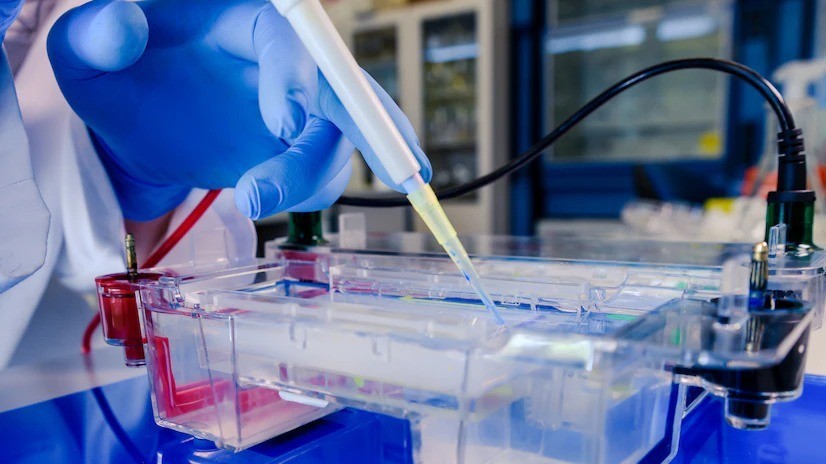Steps You Should Follow While Measuring Cytokines With A Luminex Based Assays

Cytokines are small proteins produced by the immune system. This system includes several cells, such as B cells, T cells, mast cells, macrophages, stromal cells, and fibroblasts. All these cells are vital mediators of the immune system and form an intricate communication network. Cytokines regulate the maturation and responsiveness of cell populations, modulate cellular and humoral responses, and are important indicators of health and disease states. Besides, the cytokine storm provides crucial insight into physiological processes and is a potential biomarker for several diseases and medical conditions. Hence, determining cytokine concentrations are essential to understand complex biological signaling pathways.
Recent years have seen Luminex-based assays become popular for determining cytokines in biological samples. Luminex cytokine assays can determine multiple cytokines in a single assay sample and can be studied simultaneously in small sample volumes. Thus Luminex assays are crucial in examining cytokines and providing a comprehensive analysis which is not possible with singleplex assays. Besides, similar to custom ELISA assay development, researchers can develop custom Luminex assays for their cytokines of interest. Moreover, systems such as Biorad Luminex assays offer real-time data providing crucial information for drug design studies.
The current article highlights the steps you should follow while measuring cytokines with Luminex-based assays. However, similar to ELISA assay development, the following steps will be crucial for developing Luminex assays.
Steps for Luminex-based assays
Luminex assay employs hundreds of microspheres, internally dyed with distinct proportions of red and infrared fluorophores. Researchers vary the degree of fluorophores and thus create hundreds of fluorescent signatures. These profiles are classified as a single sample and can be analyzed individually.
The Luminex instrument consists of a flow-cytometry setup. This instrument emits light through a laser and excites individual microspheres. Each microsphere is conjugated with a different capture antibody specific to the target cytokine. Each microsphere will have a unique spectral signature, and thus researchers can easily differentiate between different capture antibodies.
Researchers combine the study sample with the microspheres and incubate them in a 96-well plate. Using different combinations, researchers can conduct up to 100 tests in a 96-well assay plate. The sample-microsphere mixture is washed, and cytokine-specific detection antibodies are added to the reaction mixture. Researchers also conjugate these detection antibodies with a reporter molecule to provide an additional layer of different fluorescent emissions. Hence, once the complex binds with the cytokines in the sample, each cytokine will emit a distinct signature. Moreover, the color emitted from the internally dyed beads will reflect a unique presence of cytokines, while the relative abundance can be easily quantified through the signal generated by the reporter dye molecule.
After a final round of washing, the sample is analyzed as a single-bead suspension using a flow cytometry setup. This device has excitation lasers present to measure the generated fluorescence. Once the study sample enters the instrument, the red laser excites the microspheres and classifies each individual microsphere. On the other hand, the green laser excites the reporter dye bound to the complex. Thus, following the above steps can help you achieve reliable results using Luminex-based assays.
